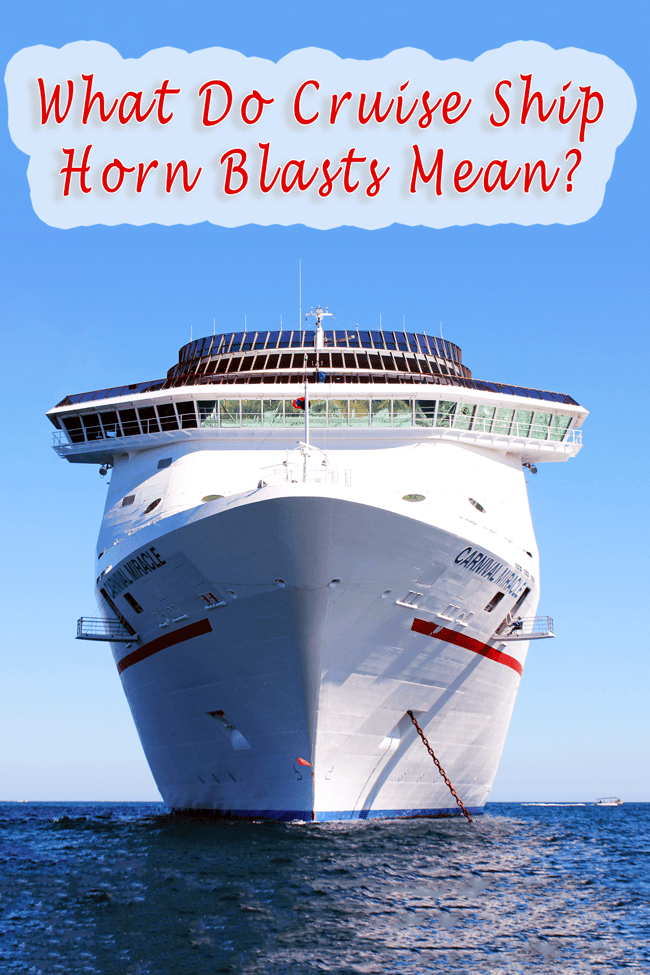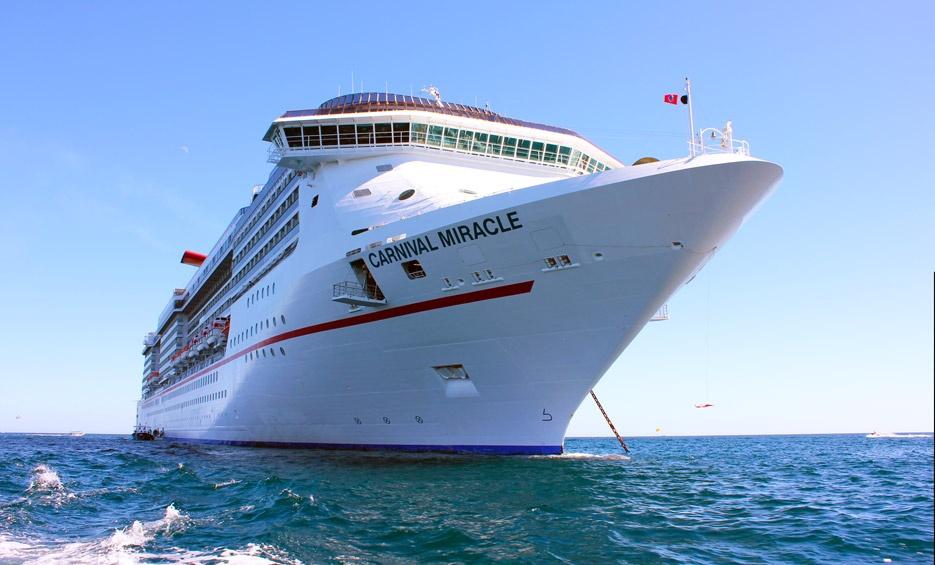One of the first things you'll notice when cruising is that cruise ships have a VERY loud horn that while it could be used like your car's horn - actually has a more sophisticated use. While you might just blast your car's horn at a driver that cuts you off, or tap it to let someone know they can go, cruise ships have an internationally recognized set of horn signals that lets everyone around them know exactly what's going on.
When Were The Cruise Ship Horn Signals Established?
In fact, signal horns aren't isn't just for cruise ships. They were codified in the International Regulations for Preventing Collisions at Sea in 1972 and apply to all maritime vessels. In the United States, a similar act was passed in 1980 called the Inland Navigation Rules Act and is a federal statute approved by Congress. However, they were based on earlier conventions and maritime law as practices by the United States and England starting in the mid-19th century. I'm not going to get into more detail about the legal details of these rules regulating horn signals since there are so many vessels out there. Suffice to say, every modern cruise ship adheres to the same simple regulations around signals, regardless of whether they are cruising to Mexico, Canada, or California along the west coast, or an expedition to Antarctica.

What Do Cruise Ship Horn Signals Mean?
There are six different signal horn blast patterns that you will hear on a cruise ship, though the sixth one I hope you will never hear!
One Short Blast - This signal means that your cruise ship intends to pass on it's port side. In inland waters near the port or harbor, this also indicates the cruise ship is changing course to starboard.
One Long Blast - This signal lasting 4-6 seconds means that your ship is leaving the dock. It is a notice to all others around it to be aware that the ship is moving.
Two Short Blasts - Similar to One Short Blast meaning that your ship is passing on the port side, two short blasts means your ship will be passing another on it's starbord side. When in inland waters, this signal horn also means that the ship is changing course to port.
Three Short Blasts - This signal blast means that the ship is backing away from the dock.
One Long Blast Followed by Three Short Blasts - This is actually a combination of two signals horn blasts, letting those around you know that your cruise ship is underway and backing away from the dock.
Five Short Blasts - DANGER! This is a horn signal that you hope to never hear when on a cruise. Regardless of which vessel you are on, this is never a signal blast pattern that you want to hear. Unfortunately, cruise ships are massive vessels and navigation at sea is often an imprecise practice that puts even the best pilot and captain at the mercy of strong and unpredictable winds and currents.
There's also one more signal that very few people will ever hear outside of a drill ...
Seven Short Horn Blasts followed by One Long Blast - This horn signal indicates a general emergency and will also be accompanied by alarms and visual indicators depending on the ship you are sailing on.
Cruise Ship Horns Can Be Just For Fun Too!
While cruise ships carry powerful signal horns to ensure safety and communicate with other vessels and structures around them in the harbor, sometimes the horns are used for fun too. No cruise line does this more frequently and with as great sophistication as Disney Cruise Line, though it is not uncommon to hear music produced by the horns on MSC and Cunard ships too.
So now you know what cruise ship horn signals mean and when to expect them. Be careful though if you are on the upper decks during sailaway since forward viewing areas on the upper decks of some ships can be uncomfortablly close to the signal horns. If that's where you find yourself, be prepared to cover your ears!
Thanks for reading. We hope this was helpful!
Why stop now?
Participate In Our Polls | Ask or Answer A Cruise Question | Contact Heather to Book Your Next Cruise!

